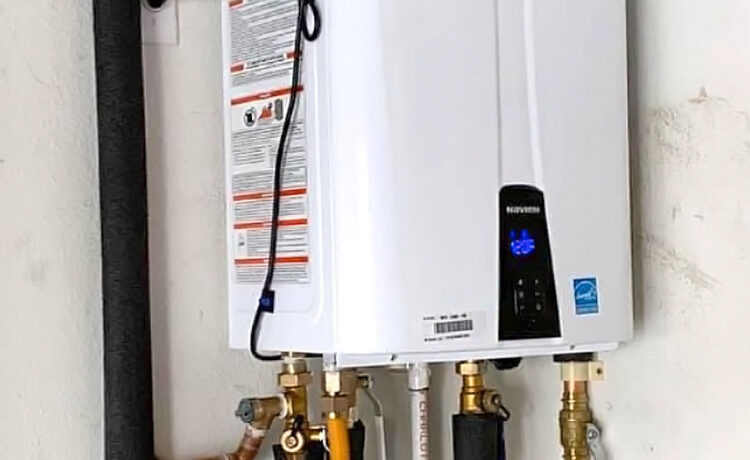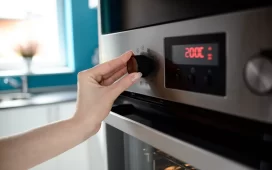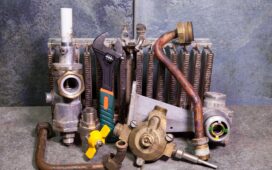Tankless water heaters, also known as on-demand or instantaneous water heaters, have become increasingly popular due to their energy efficiency and space-saving design. However, homeowners may occasionally experience issues with water pressure when using these systems. While can a tankless water heater cause low water pressure? heaters can provide a constant flow of hot water, they might also be the culprit behind low water pressure in some cases.
Tankless Water Heater Operation
Before delving into the potential causes of low water pressure, it’s essential to grasp how tankless water heaters function. Unlike traditional tank water heaters that store and heat a fixed volume of water, tankless units heat water on-demand as it flows through the system. according to Simpson Plumbing when a hot water tap is turned on, cold water travels through a heat exchanger, where it is rapidly heated by a gas burner or electric heating element. This process ensures a continuous supply of hot water without the need for a storage tank.
Potential Causes of Low Water Pressure with Tankless Water Heaters
Several factors could contribute tolow water pressure when using a tankless water heater:
Flow Rate Restrictions:
Tankless water heaters have specific flow rate requirements to operate efficiently. If the water flow exceeds the heater’s capacity, it may struggle to maintain consistent pressure. This issue can arise if multiple fixtures are used simultaneously or if there are flow restrictions within the plumbing system.
Scaling and Mineral Buildup:
Hard water contains minerals like calcium and magnesium, which can accumulate within the heat exchanger of a tankless water heater over time. This buildup, known as scaling, can restrict water flow and reduce pressure. Regular maintenance, such as flushing the system and descaling, can help prevent this issue.
Incorrect Sizing:
Choosing the right size tankless water heater is crucial for ensuring adequate water pressure. If the unit is undersized for the household’s hot water demands, it may struggle to keep up during peak usage periods, resulting in reduced pressure. Conversely, an oversized unit could lead to inefficient operation and wasted energy.
Addressing Low Water Pressure
To address low water pressure associated with a tankless water heaters, homeowners can take several steps:
- Check for flow restrictions in the plumbing system and remove any obstructions.
- Perform routine maintenance on the tankless water heater, including flushing and descaling as recommended by the manufacturer.
- Verify that the unit is properly sized for the household’s hot water needs.
While tankless water heaters offer numerous benefits, they can contribute to low water pressure under certain circumstances. By understanding the potential causes and implementing appropriate solutions, homeowners can enjoy the convenience and efficiency of their tankless water heater without sacrificing water pressure.







